Whether you are a backpacker who is interested in local foods or simply a busy businessman, traveling can be challenging.
With extended hours on a plane or hectic hours on the bus and long meetings with colleagues, you barely have time to sleep, let alone think about how you will find healthy foods to eat. Strange names on the restaurant menu, different spices, smells and tastes?
This article walks you through some steps you can take to eat right while you’re in Iran. By reading this you will get answers of your questions about foods in Iran and what to eat and drink when you are traveling through the country.

Iranian cooking has much in common with Middle Eastern cooking. Where wheat and rice is a staple, lamb and poultry are well-utilized and yoghurt is common. A distinctly sour flavor is evident in most Iranian dishes, and may be achieved through the addition of lemon, pomegranates or sour oranges.
Unlike many countries, the dishes in Iran have fruits like pomegranates, quince, prunes, apricots and different sorts of fresh green herbs .
Another unique aspect of Iranian cuisine is the spices and additives. For example saffron, cinnamon, Fennel, clove, and so on.
There are some Iranian foods which are famous worldwide and some that you might have never heard of them. Iranian people serve most their foods with rice and some with bread.
The dishes of Iran are often time-consuming slow-cooked affairs.
Foods
What do Iranians eat? Due to the range of culinary traditions across the Iranian provinces, food in Iran is extremely diverse. Common to all the Iranian provinces however, is the fact that Iranian food tends to be both healthy and nutritious.
It includes a wide variety of foods ranging from Chelow Kebab (rice served with roasted meat), Khoresht (stew served Iranian rice: Ghormeh Sabzi, Gheimeh, Fesenjān, and others), Āsh (a thick soup: for example Āsh-e anār), Kuku (vegetable soufflé), Polo (rice alone or with addition of meat and/or vegetables and herbs, including Loobia Polo, Albaloo Polo, Sabzi Polo, Zereshk Polo, Baghali Polo and others), and a diverse variety of salads, pastries, and drinks specific to different parts of Iran. The list of Persian recipes, appetizers and desserts is extensive.

Tah Deeg:
A golden-brown crust of rice is made at the bottom of the pot. This delicious crust is called Tah-deeg. The word Tah means “bottom” in Persian and Deeg means “pot”.
Tah-deeg can also be made with thin slices of bread or potato slices placed under the rice.
To taste true Iranian food, it is necessary to eat at an Iranian’s house or Recently opened Iranian traditional restaurants. Since most restaurants in Iran limit the food they sell to different types of kebab and there is therefore, very little variety.
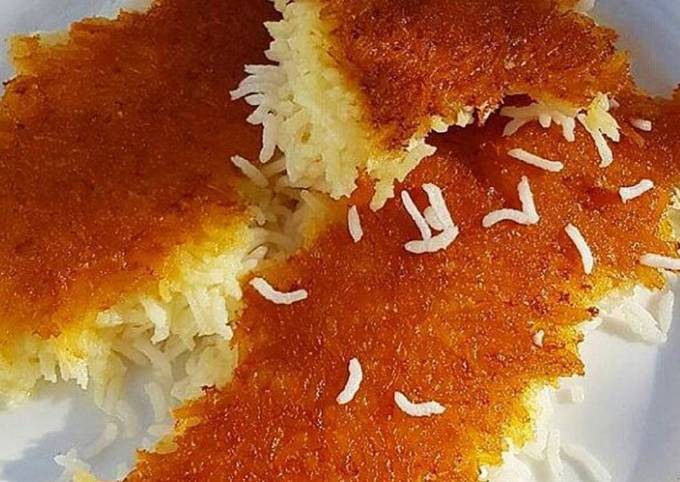
Even if you are staying with an Iranian family, it is likely that at some point you will eat in a restaurant. If this is the case, you are likely to be happy with the standards of cleanliness and hygiene.
Drinks
It is strictly ban to import and consume alcohol . Penalties are severe and could include corporal punishment. However, Religious minorities are allowed to manufacture and consume alcohol, but not to sell or import it.
Due to the different water filtration system in Iran, it’s recommended that tourists use bottled water for drinking . Although Iran has a wide pipeline system around the country, and the water is fresh, clean and cheap.
No matter whether it’s a coke, Pepsi, fruit juice, dairies or Islamic beer, soft drinks in Iran are sold typically served in bottles and rarely in cartons. ‘Doug’ is a very popular salty yoghurt drink which is similar to ‘Ayran’ (drunk in Turkey).
slot gacor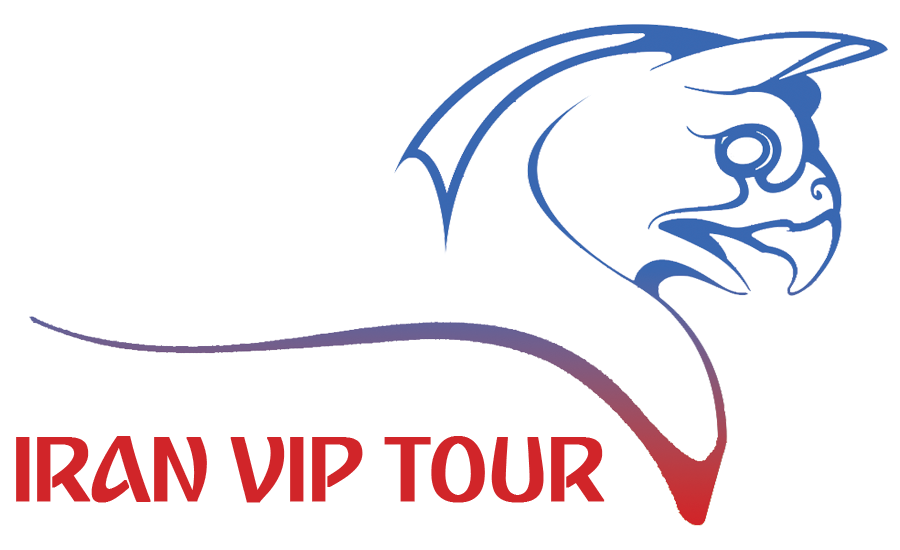


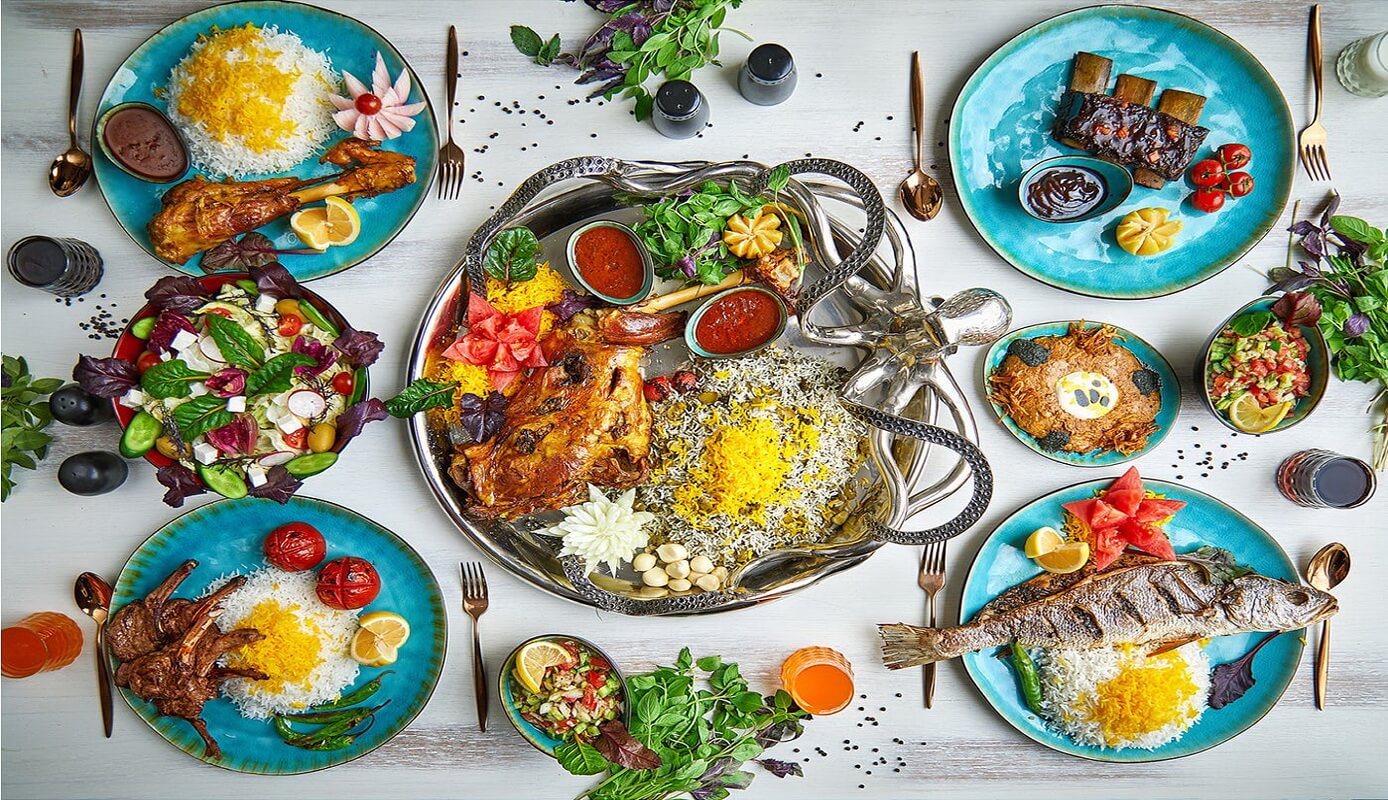


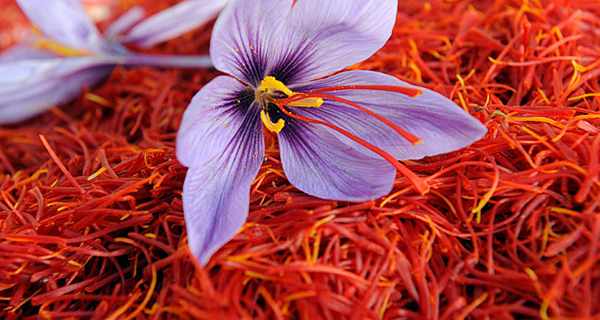
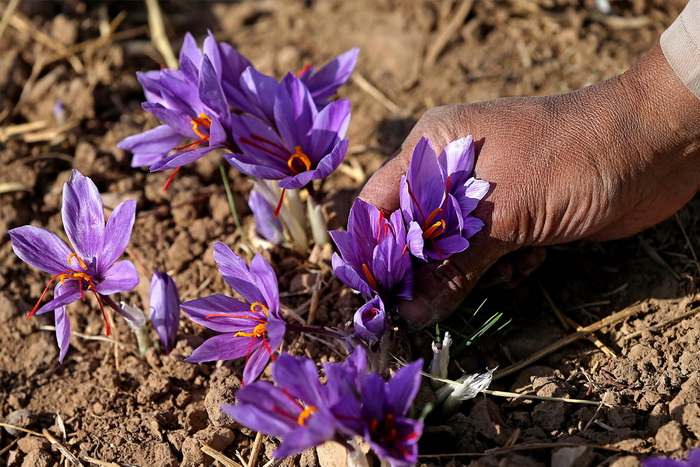
Comments are closed